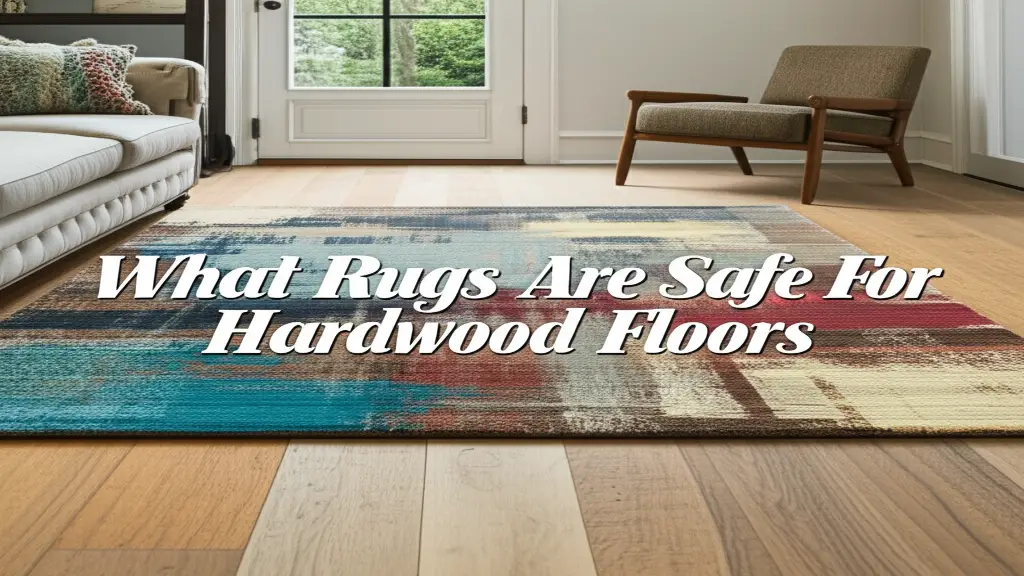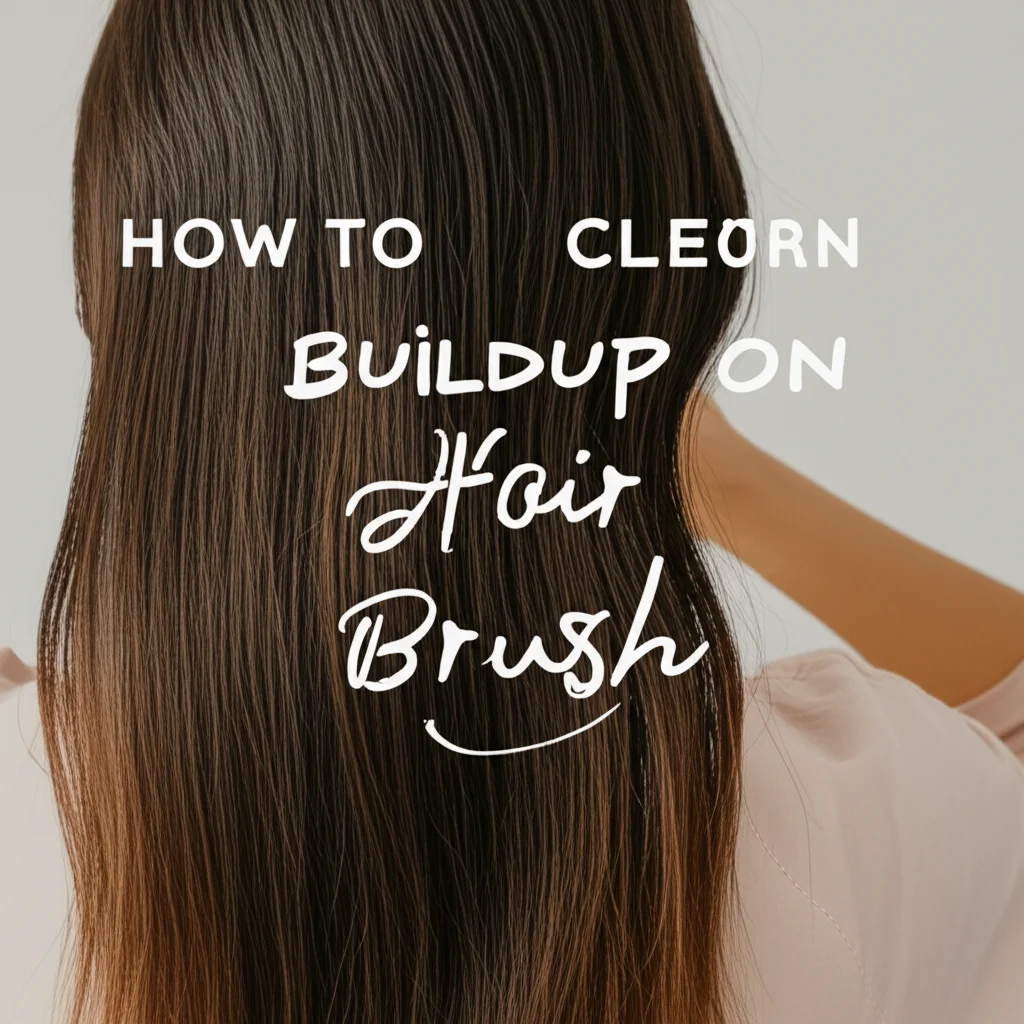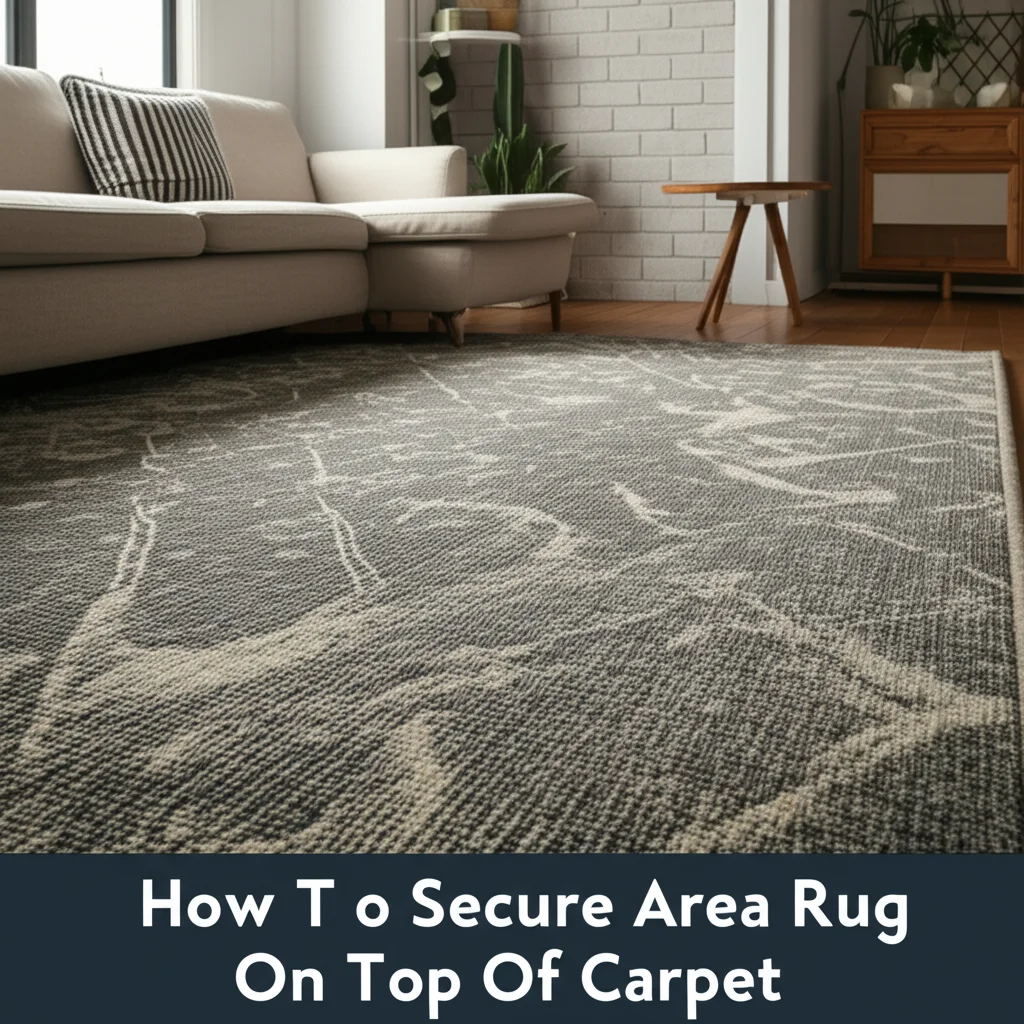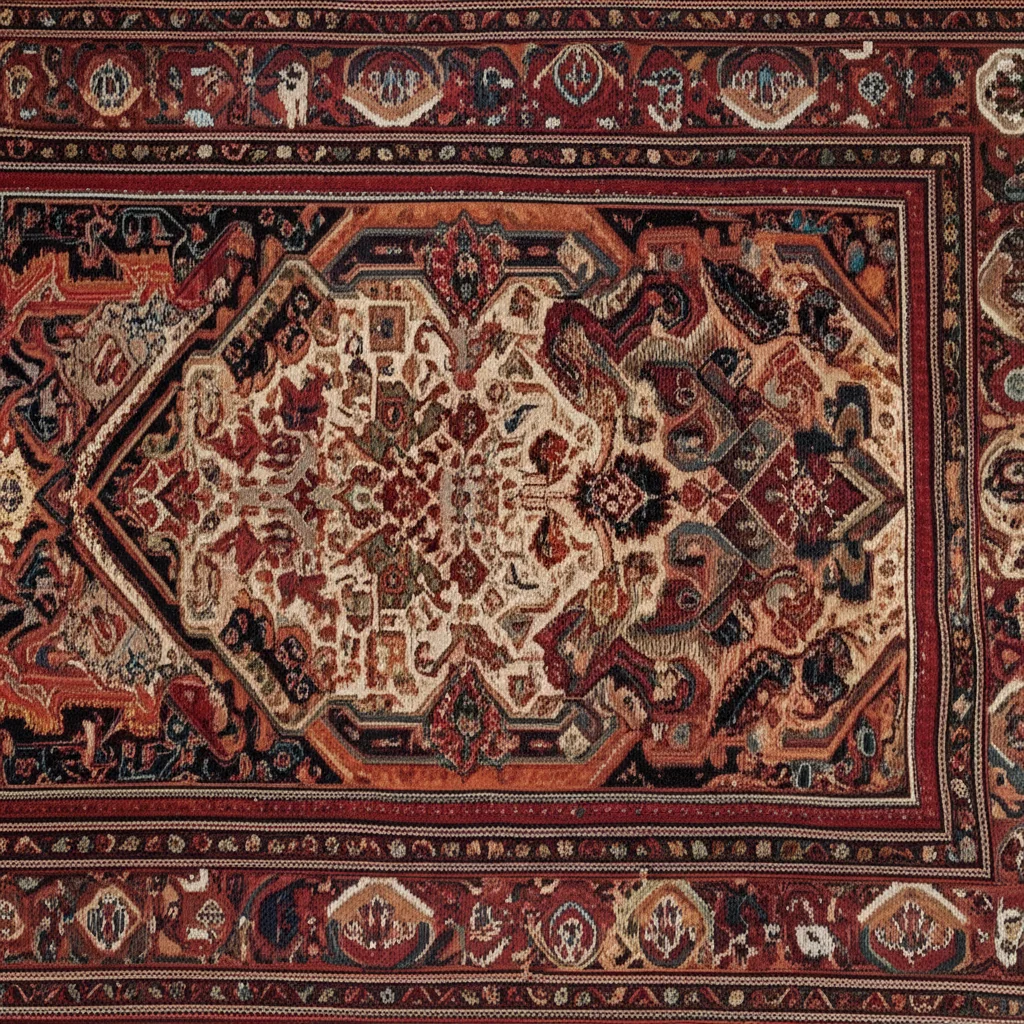· Todd Martin · Home & Living · 14 min read
What Rugs Are Safe For Hardwood Floors

What Rugs Are Safe For Hardwood Floors: Complete Protection Guide
Hardwood floors bring timeless elegance to any home, but they require special care to maintain their beauty for years to come. One major consideration is selecting the right rugs that not only complement your decor but also protect your valuable flooring investment.
Many homeowners wonder what rugs are safe for hardwood floors when trying to balance style with practicality. This comprehensive guide will explore the best rug options for hardwood floors, what materials and backings to avoid, and how to properly protect your hardwood while still enjoying beautiful area rugs throughout your home.
Key Takeaways
- Natural fiber rugs with proper padding are safest for hardwood floors
- Avoid rubber-backed rugs and adhesive backings that can damage wood
- Always use high-quality rug pads designed specifically for hardwood
- Regular maintenance of both rugs and floors prevents damage
- Proper placement and rotation extends floor and rug life
The safest rugs for hardwood floors are those made from natural fibers with breathable, non-rubber backings, paired with a quality felt or rubber-free rug pad designed specifically for wood floors. These combinations prevent scratches, discoloration, and moisture damage.
Why Rug Selection Matters for Hardwood Floor Protection
The relationship between your rugs and hardwood floors is more complex than simple decoration. Hardwood floors, while durable, are susceptible to specific types of damage that the wrong rug can accelerate or cause directly.
Wood is a natural material that expands and contracts with humidity and temperature changes. It can also be scratched by abrasive materials, damaged by excessive moisture, and discolored by certain chemicals found in common rug backings. This makes your rug selection critically important for the longevity of your flooring.
High-quality hardwood flooring represents a significant investment in your home, often costing thousands of dollars. Protecting this investment should be a priority when selecting floor coverings. The wrong rug can lead to expensive repairs or even premature replacement of your beautiful hardwood.
Beyond protection, the right rugs add warmth, reduce noise, create defined spaces within open floor plans, and provide comfort underfoot. They can transform a room while simultaneously safeguarding your floors—but only if you choose wisely.
Learn more about protecting wood floors with area rugs
Best Rug Materials for Hardwood Floors
Natural Fiber Rugs
Natural fiber rugs are among the safest options for hardwood floors due to their breathability and gentle texture. These include:
Wool Rugs: Premium wool rugs are exceptionally durable and naturally soil-resistant. They’re soft underfoot and provide excellent insulation. Their natural oils make them somewhat stain-resistant, though they should still be kept dry to prevent mildew.
Cotton Rugs: Lightweight, affordable, and easily washable, cotton rugs are perfect for kitchens and bathrooms. They typically lack backings that might damage floors, though they may require non-slip pads underneath.
Jute and Sisal Rugs: These plant-based fibers create textured, durable rugs that add organic warmth to any space. While slightly rough underfoot, they’re excellent for high-traffic areas. Their natural breathability prevents moisture buildup between the rug and floor.
Seagrass Rugs: Highly durable and resistant to staining, seagrass rugs have a distinctive look and feel. Their tight weave means they’re less likely to trap dirt that could scratch floors when walked upon.
Synthetic Options Safe for Hardwood
Some synthetic rugs are also compatible with hardwood floors when properly backed:
Nylon Rugs: Extremely durable and stain-resistant, quality nylon rugs can last for decades. Look for those with woven rather than glued backings.
Polypropylene Rugs: Moisture-resistant and affordable, these rugs work well in areas prone to spills. Ensure they have hardwood-safe backings or use appropriate padding underneath.
Olefin Rugs: Budget-friendly and available in vibrant colors, olefin resists moisture, making it suitable for dining areas when paired with proper padding.
What makes these materials safe is not just their fibers but also how they’re constructed and backed. Even natural fiber rugs can damage floors if they have the wrong backing materials.
Discover different types of Persian rugs safe for hardwood
What Rug Backings to Avoid on Hardwood Floors
The backing of a rug often poses more danger to hardwood than the visible fibers. Certain materials can trap moisture, leach chemicals, or scratch your beautiful floors over time.
Harmful Backing Materials
Stay away from rugs with these backing types:
Latex or Rubber Backings: These non-breathable materials trap moisture between the rug and floor, potentially causing wood to warp or develop mildew. Over time, some rubber backings can also deteriorate and leave residue that bonds to your floor finish.
Vinyl Backings: Similar to rubber, vinyl backings can trap moisture and may contain plasticizers that react with wood floor finishes, causing discoloration or adhesion.
Adhesive Backings: Any rug with a sticky or adhesive backing should be avoided completely. These can bond with your floor’s finish and potentially pull it up when the rug is moved.
PVC Backings: These can release chemicals that react with polyurethane finishes, causing yellowing of both the floor and the finish over time.
Signs of Potentially Damaging Backings
When shopping for rugs, be wary of these red flags:
- Rugs advertised as “non-slip” without specifying the backing material
- Extremely cheap synthetic rugs, which often use inferior backing materials
- Heavy chemical smell, which might indicate off-gassing that could damage floors
- Stiff, plastic-feeling backings that don’t allow airflow
Always check manufacturer specifications before purchasing, especially for expensive or large area rugs that will cover significant portions of your hardwood floors.
Learn what backing is not good for flooring
The Importance of Rug Pads for Hardwood Protection
A quality rug pad is not optional—it’s essential for protecting hardwood floors. These seemingly simple accessories provide multiple benefits beyond just keeping rugs in place.
Benefits of Using Proper Rug Pads
- Prevents Scratching: Rug pads create a buffer between the rug backing and your hardwood, preventing abrasion when people walk on the rug.
- Reduces Slipping: They keep rugs securely in place, preventing dangerous slips and falls while also minimizing rug movement that can scratch floors.
- Improves Air Circulation: Quality pads promote airflow, reducing moisture buildup that can damage wood over time.
- Extends Rug Life: By providing cushioning, pads reduce wear on your rugs from foot traffic, helping both your floors and rugs last longer.
- Enhances Comfort: A good pad adds softness underfoot, making rugs more comfortable to walk and sit on.
Best Rug Pad Materials for Hardwood
Not all rug pads are created equal when it comes to hardwood floor protection:
- 100% Felt Pads: Dense felt pads provide excellent protection and cushioning without damaging floors. Look for those made from recycled content for eco-friendly options.
- Felt and Rubber Combination Pads: These feature felt on the side touching the floor and natural rubber (not synthetic) on the rug side for grip. The key is ensuring rubber never contacts your hardwood.
- Plant-Based Pads: Some newer options use plant oils instead of potentially harmful plasticizers, making them safe for all floor finishes.
Rug Pad Materials to Avoid
Stay away from these potentially damaging materials:
- PVC or Plastic Mesh Pads: These can leach chemicals that discolor floors.
- Adhesive Pads: Any pad advertising “super grip” may contain adhesives that can bond with floor finishes.
- Synthetic Rubber: Can cause discoloration and damage to wood finish over time.
Invest in quality pads from reputable manufacturers who specifically state their products are safe for hardwood floors. The small additional cost is insignificant compared to refinishing or replacing damaged hardwood.
Discover how to keep rugs from slipping on wood floors
Best Practices for Using Rugs on Hardwood Floors
Proper placement and maintenance routines significantly extend the life of both your rugs and hardwood floors. Follow these guidelines to maximize protection.
Ideal Placement Strategies
Strategic rug placement helps protect your floors where they need it most:
High-Traffic Areas: Place rugs in entryways, hallways, and other high-traffic zones to prevent wear patterns in your hardwood.
Under Furniture: Use rugs under heavy furniture to prevent dents and scratches, ensuring the rug extends beyond the furniture footprint.
Sunlight Exposure: Position rugs in areas that receive direct sunlight to prevent UV fading of your hardwood.
Moisture-Prone Areas: In dining rooms or near exterior doors, use appropriate rugs to catch spills and moisture before they reach your floors.
Maintenance Tips for Floor Protection
Regular maintenance protects both your rugs and the floors beneath them:
Rotate Rugs Seasonally: This ensures even wear and prevents uneven fading or aging of your hardwood.
Vacuum Regularly: Dirt and debris under rugs can scratch floors when walked upon. Vacuum both sides of the rug when possible.
Address Spills Promptly: Liquid that seeps through rugs can damage hardwood. Clean spills immediately by lifting the rug and drying both the rug and floor.
Check Underneath Periodically: Inspect under rugs every few months for any signs of discoloration, scratching, or moisture buildup.
Air Out After Cleaning: Allow rugs to dry completely before placing them back on hardwood to prevent moisture damage.
Replace Pads When Needed: Rug pads wear out over time. Replace them when they become thin or brittle to maintain protection.
Following these practices helps ensure your hardwood floors remain beautiful despite the presence of rugs. Proper care means you won’t have to choose between attractive floor coverings and protecting your investment.
Learn how long before you can put rugs on refinished floors
Rug Recommendations for Different Home Areas
Each room presents unique challenges for hardwood floor protection. Here’s how to choose the best rugs for specific areas of your home.
Living Room Rugs
The living room typically needs larger area rugs that anchor furniture groupings:
- Size Considerations: Choose rugs large enough that all furniture legs rest either completely on or completely off the rug to prevent uneven wear.
- Material Recommendations: Wool or wool blends work exceptionally well here, offering durability and comfort for this heavily used space.
- Padding Requirements: Use thicker felt pads in living rooms to absorb impact from heavier furniture and frequent movement.
Kitchen and Dining Areas
These areas face unique challenges from food spills and chair movement:
- Kitchen Runners: Cotton or indoor/outdoor polypropylene runners are washable options that protect floors in food preparation areas.
- Under Dining Tables: Choose flat-weave wool or stain-resistant synthetic rugs sized at least 24” beyond the table edge in all directions to accommodate chair movement.
- Padding Considerations: Thinner pads work best under dining tables, allowing chairs to move easily while still protecting floors.
Bedrooms and Low-Traffic Areas
Comfort becomes more important in these more personal spaces:
- Bedroom Suggestions: Plush wool or cotton rugs placed around and under beds provide softness underfoot upon waking while protecting floors.
- Home Office Areas: Consider flat-weave natural fiber rugs that allow office chairs to roll smoothly with a hard chair mat only under the desk area.
- Guest Rooms: Medium-pile wool rugs offer a balance of luxury and practicality in occasionally used spaces.
Entryways and High-Traffic Zones
These areas need maximum durability to protect floors from outdoor elements:
- Material Focus: Flatweave wool, sisal, or specially designed indoor/outdoor rugs stand up best to constant foot traffic.
- Size and Shape: Runner configurations often work well in hallways and entryways, directing traffic while protecting wood.
- Special Considerations: Consider using washable cotton rugs as a second layer over entry rugs during inclement weather for additional protection.
With thoughtful selection based on each room’s specific needs, you can protect your entire home’s hardwood flooring while maintaining your design aesthetic.
Explore rugs for hardwood floors in living room settings
How to Clean Rugs Without Damaging Hardwood Floors
Proper cleaning techniques preserve both your rugs and the hardwood floors beneath them. Follow these guidelines to maintain both effectively.
Safe Cleaning Methods
Different rug materials require specific cleaning approaches:
Vacuuming Techniques: Use suction-only settings (no beater bar) on delicate rugs. For all rugs on hardwood, ensure vacuum wheels don’t scratch floors and lift rug edges to vacuum underneath regularly.
Spot Cleaning Strategies: Treat spills immediately with appropriate cleaners for your specific rug material, being careful not to saturate the rug or allow moisture to reach the floor.
Professional Cleaning: For valuable or large rugs, professional cleaning every 1-2 years extends their life and removes ground-in particles that could damage floors.
What to Avoid When Cleaning
Prevent damage by avoiding these common mistakes:
Excessive Moisture: Never clean rugs in place on hardwood using steam or wet-cleaning methods that can seep through to the floor.
Harsh Chemicals: Avoid cleaners containing bleach, ammonia, or high alkalinity that might transfer to and damage wood finishes.
Scrubbing Aggressively: Hard scrubbing can force dirty water through the rug onto your floors. Blot instead of scrub.
Drying Practices to Protect Floors
Proper drying is crucial for floor protection:
Complete Drying: After any cleaning, ensure rugs are completely dry before placing them back on hardwood.
Air Circulation: When possible, hang rugs to dry outside or use fans to speed drying and prevent moisture from being trapped.
Checking the Floor: Always inspect and dry the floor beneath a recently cleaned rug before replacing the rug and pad.
Regular, proper cleaning maintains your rugs’ appearance while preventing the accumulation of abrasive particles that could damage your hardwood floors over time.
Learn how to shampoo area rugs on hardwood floors
FAQ: Common Questions About Rugs on Hardwood Floors
What rug material is best for hardwood floors?
Wool is generally considered the best overall material for rugs on hardwood floors. It’s naturally durable, stain-resistant, and doesn’t shed abrasive fibers that might scratch your floors. Other excellent options include cotton, jute, sisal, and seagrass, all of which allow proper airflow between the rug and floor while providing different aesthetic and comfort benefits.
What rugs should you not use on hardwood floors?
Avoid rugs with rubber, latex, or vinyl backings, which can trap moisture and potentially discolor wood floors. Also steer clear of rugs with adhesive backings or those labeled “non-slip” unless they specifically state they’re safe for hardwood. Cheap synthetic rugs with glued-on backings can deteriorate over time, leaving residue on your floors.
Can you put rugs on hardwood floors?
Yes, not only can you put rugs on hardwood floors, but it’s actually beneficial to do so in many cases. Rugs protect high-traffic areas from wear, prevent scratches under furniture, add insulation, and reduce noise. The key is selecting appropriate rugs with hardwood-safe backings and always using proper rug pads designed specifically for wood floors.
What type of rug backing is safe for hardwood floors?
The safest rug backings for hardwood floors are those made of natural materials like cotton canvas or jute. Woven backings that allow airflow are preferable to glued-on backings. If purchasing rugs with attached backings, look for those explicitly labeled as “safe for hardwood floors” from reputable manufacturers.
Do area rugs ruin hardwood floors?
Well-chosen area rugs with proper padding protect rather than ruin hardwood floors. However, improper rugs can cause damage through scratching, discoloration, or trapping moisture. The key factors in preventing damage are: using appropriate rug pads, selecting rugs with safe backings, ensuring proper airflow, and regular maintenance of both the rug and floor.
How often should I rotate rugs on hardwood floors?
Rotate rugs at least every 6-12 months to ensure even wear and prevent uneven fading or aging of your hardwood floors. High-traffic areas may benefit from more frequent rotation—perhaps quarterly. This practice extends the life of both your rugs and your floors while maintaining consistent appearance throughout your home.
Are rug pads really necessary for hardwood floors?
Yes, rug pads are absolutely necessary for hardwood floor protection. They prevent slipping, reduce wear on both the rug and floor, improve comfort, and most importantly, create a protective buffer between the rug backing and your valuable hardwood. Never skip this essential component, as the cost of a quality pad is minimal compared to potential floor repairs.
Final Thoughts on Choosing Safe Rugs for Hardwood Floors
Selecting the right rugs for your hardwood floors strikes the perfect balance between protecting your investment and enhancing your home’s beauty. By choosing natural fiber rugs with safe backings, using appropriate rug pads, and following proper maintenance routines, you can enjoy the warmth and style of area rugs without compromising your hardwood floors’ integrity.
Remember that quality matters—investing in better rugs and pads initially saves money on floor repairs and replacement in the long run. Take time to research specific products, checking that manufacturers explicitly state their rugs and pads are safe for use on hardwood floors.
With the guidance provided in this article, you’re now equipped to make informed decisions about what rugs are safe for hardwood floors throughout your home. Protect your beautiful hardwood while still expressing your personal style through carefully selected floor coverings that enhance rather than endanger your flooring investment.
Discover more about keeping area rugs from slipping on hardwood floors





